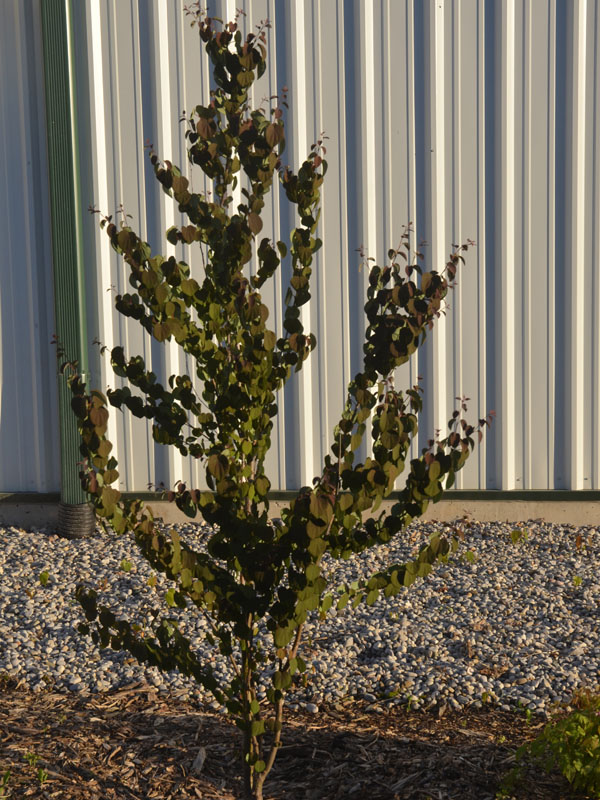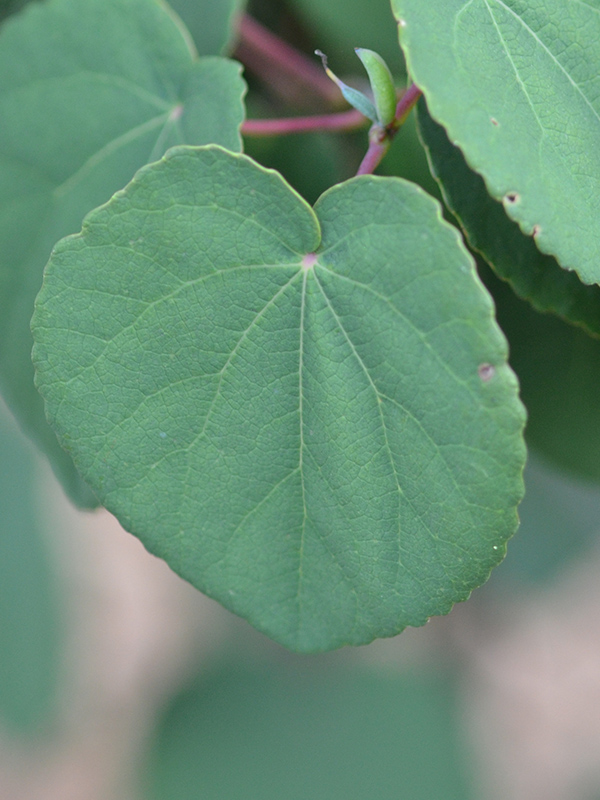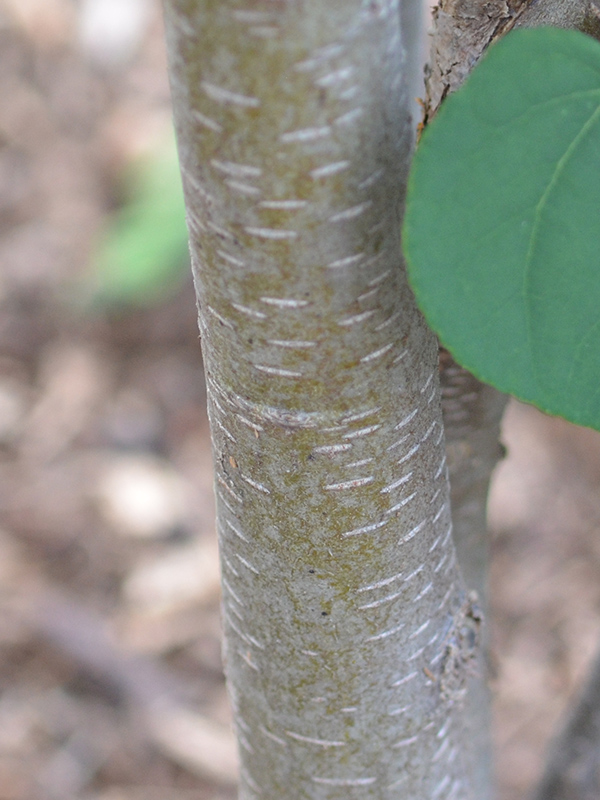
Woody > Cercidiphyllum > Cercidiphyllum japonicum > Cercidiphyllum japonicum 'Rotfuchs'
Cercidiphyllum japonicum
'Rotfuchs'
Red Fox Katsura Tree
| Family |
| Cercidiphyllaceae |
| Genus |
| Cercidiphyllum |
| Species |
| japonicum |
| Cultivar |
| 'Rotfuchs' |
| Category |
| Woody |
| Type |
| Tree (deciduous) |
| USDA Hardiness Zone |
| 4 - 8 |
| Canadian Hardiness Zone |
| 2a - 8a |
| RHS Hardiness Zone |
| H4 - H7 |
| Temperature (°C) |
| -35 - (-7) |
| Temperature (°F) |
| -30 - 20 |
| Height |
| 12 - 18m |
| Spread |
| 7.5 - 15m |
Photographs
Description and Growing Information
Flowering Period
| General Description |
| Often grows as a multi-stemmed tree with foliage that changes from pink-purple on emergence to blue green and then a range of scarlets and yellows in autumn. Changing leaves emit a strong, spicy scent of burnt sugar or caramel (fallen leaves emit no noticeable odour). |
| Landscape |
| Can be pruned to form an elegant shade tree, a single specimen tree, or planted in groups for beautiful colour effects as colours vary between individuals. |
| Cultivation |
| A moist, humus-rich, woodland soil is ideal. Colour in the autumn tends to be more vibrant in acidic soils. |
| Growth |
| Fast |
| Pests |
| No serious insect or disease problems. Foliage may scorch in hot, dry and/or windy conditions. |
| Habitat |
| Horticultural origin. |
| Bark/Stem Description |
| Deeply furrowed bark. |
| Flower Description |
| This is a dioecious tree (male and female flowers on separate trees). Male flowers are red, female flowers are green. |
| Fruit Description |
| Woody pod-like follicles with many small, flattened, winged seeds. |
| Notable Specimens |
| The A.M. Cuddy Gardens, Strathroy, Ontario, Canada. |
| Propagation |
| Sow seed under glass as soon as possible after ripening. May also be propagated through 15 cm basal cuttings in late spring/early summer in a humid, shaded, closed case with gentle bottom heat. |


